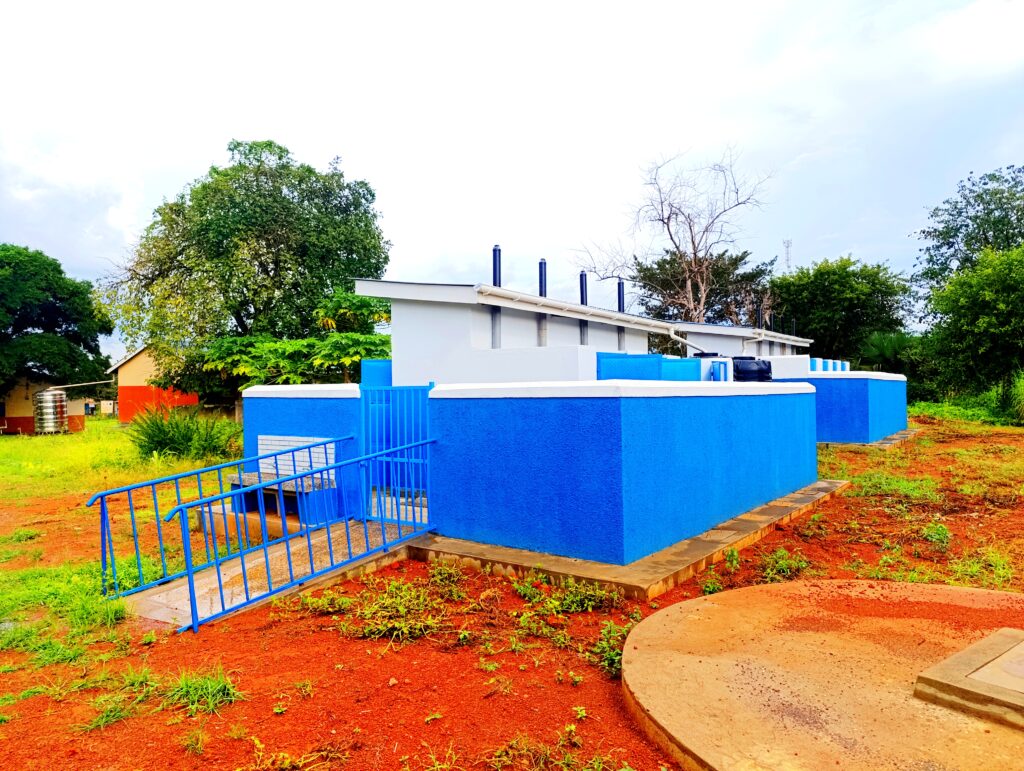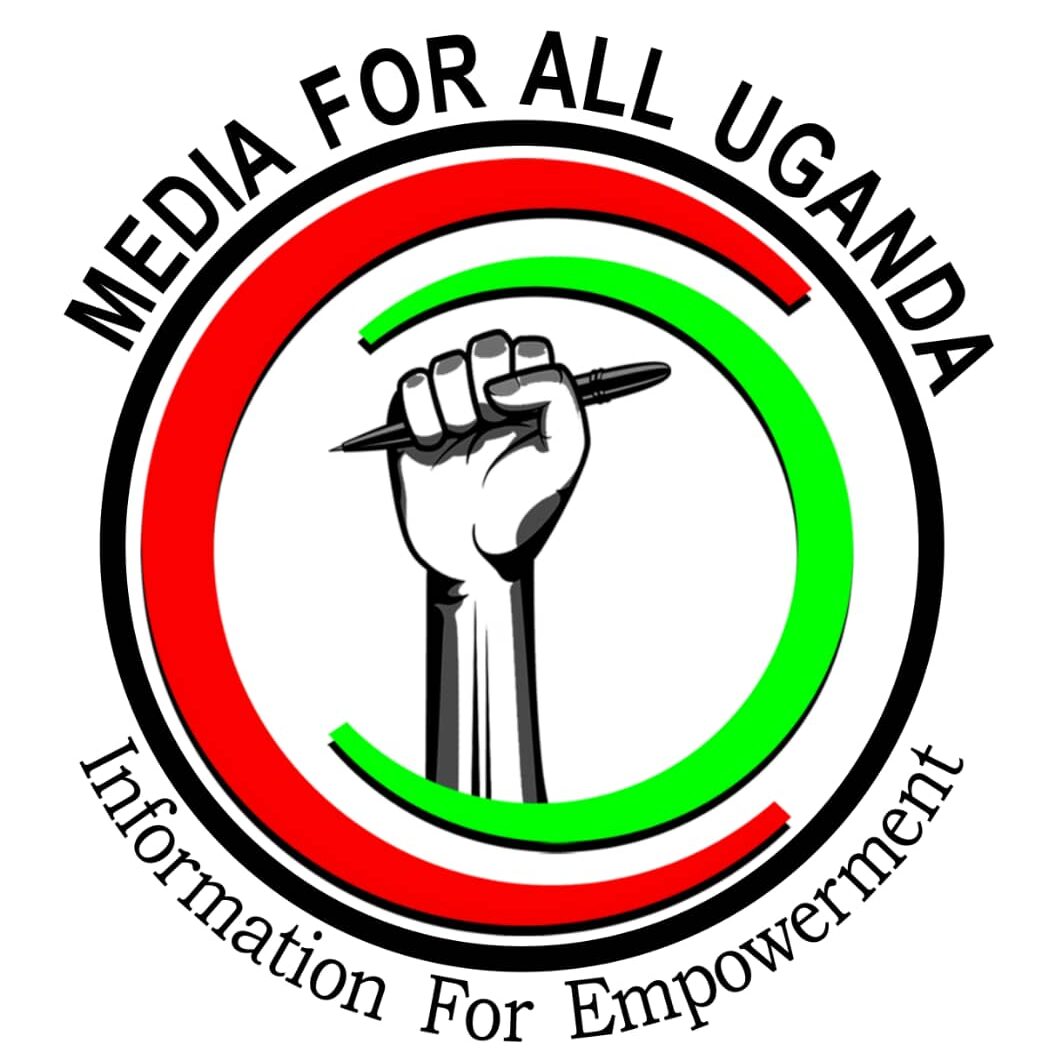WATERAID RENOVATED MATERNITY WARD AT OFUA HC III IMPROVES ANTENATAL COVERAGE OF EXPECTANT TEENAGE MOTHERS.
By Bazio Doreen.
Most Ugandan women attend Antenatal Care (ANC) late, at five months of pregnancy on average, and do not complete all four visits recommended. Inadequate ANC usage contributes significantly to Uganda’s persistently high maternal and newborn death rates which stands at 189 per 100,000 live births, with a one (1) in 66 lifetime risk of maternal death.
However, for Ofua HC III, this is now history. With support from WaterAid, one of the partners implementing the Sexual Health and Reproductive Education (SHARE) project in Adjumani District, the facility renovated the maternity ward which has increased the antennal coverage from 83% to 98%. Ofua HC III is located in Ofua Sub County, Adjumani District.
This intervention is key for Ofua because it is one of the sub counties with the highest Teenage Pregnancy rate of 20% against a district average of 15.7%. Of the 226 mothers delivered in the financial year (FY) 2024/2025, 33 were teenagers. Also, out of 3,936 Family planning users in Ofua in the same FY, 187 were teenagers.
According to Mindra Hellen Tilli, the Senior Assistant Chief Administrative Officer – Ofua Sub County, the high teenage pregnancy rate in the area is facilitated by poor parenting and stereotypes on child marriage.
“We have many child headed facilities that is worsened by poor parenting. It is believed in Ofua that people should get married when they are very young and active so as to have a fruitful marriage and grow together with their children,” Mindra says.

Tako Stephen, the Health Facility In charge Ofua HC III, now says that the renovation of the maternity ward has not only helped to create a safe environment for antennal, deliveries and post natal but also encouraged more teenage expectant mothers to come to the health facility.
“Before the intervention by WaterAid, we had a collapsing ceiling board in the maternity ward. This created fear to both the patients and the mid wives because they felt it would collapse any time. The renovation has now created comfort for the mothers. It has also helped to reduce stigma for teenage mother because they are now attended to easily and they leave,” Tako revealed.
Indeed, Iziku Juliet, 17, one of the teenage mothers who has received antennal care at the facility says that now she feels comfortable coming to the facility because the nurses and midwives are more motivated to work.
“Before the renovation, I feared to come here because the nurses would work on us slowly. The queues were very slow and we felt uncomfortable getting glaring eyes from the older women. But also I was afraid that the ceiling could collapse on us anytime,” Iziku said.
Similarly, David Livingston Onen, the SHARE Project Officer – WaterAid based in Adjumani, indeed affirms the maternity ward was in a dilapidated and worrying state which was not only affecting service delivery but access to Sexual and Reproductive Health Rights services and information.
“The maternity ward was in a very bad state. The ceiling was almost falling. The cracks were too much. So, we rehabilitated the ceiling for that ward, but we realized the entire ceiling was not done well. So, we had to renovate the entire block,” Onen explained.
Indeed the problem was far from over. A lot more was still at stake. The placenta pit was also renovated and concrete work surfaces/tops constructed in the laboratory and maternity ward. These work surfaces include: water points like sinks and cabinets for storing medical equipment.

These provide a safe working space for midwives and laboratory personnel which prevent infections opposed to wooden tables. The cabinets also improved storage of medical samples and equipment which has created an improved quality and accurate diagnosis.
Under the SHARE project support, WaterAid also constructed an 8 stances of drainable latrine, and 8 bathrooms including those for persons with disabilities.

Onen says that while the initial plan of WaterAid was to renovate the maternity ward alone, they discovered that the WASH situation at the health facility was equally worrying.
“We found out that the only sanitation block of the health facility were already full and yet they are non-drainable. So, we decided to give them two more blocks of sanitation facility. This is to ensure that we eliminate the challenges of our inpatients/adolescents and young women having nowhere to bath during their period,” Onen explained.
Onen added “They will need to clean themselves. They will need to change their pads. So, where would they do it?”

In a Water, Sanitation and Hygiene (WASH) assessment done by WaterAid between January to March 2025, the health facility scored 78% with the worst score being in health care waste management. Ofua HC III serves a catchment population of 7,330 and treats about 1,800 – 2,400 patients on average each month.
Tako also says they plan to improve their WASH performance in this financial year 2025/2026 through: facility based training; procurement of bins; printing and displaying Standard rules of procedure for waste management; monthly mock assessments and recruitment of volunteers.
The health facility developed a WASH improvement plan which has become an advocacy tool. The plan is now enabling the facility employ 4 volunteers who are paid shs 100,000/= each every quarter. These are helping the facility improve their WASH since they only have one cleaner. While cleanliness and infection control at the facility is paramount, health assistants and inspectors need to equally ensure that communities adhere to basic disease prevention mechanisms.
As explained by Edema Richard Draciri, the Principal Chief Administrative Officer, medical supplies and drugs given by the Ministry of Health are inadequate and thus many times drug stock out is inevitable.
“What the Ministry of Health gives us is just a drop in the ocean. People now think that health workers steal drugs because of the frequent drug stock outs and high disease burden. So prevention is more sustainable. We need to reduce the number of people lining up for medicines. It is unfortunate that we have recruited more health assistants but the performance of WASH keeps deteriorating,” Edema observes.
Edema also informed the participants that resources to local governments are now allocated based the annual National Assessment by the Office of the Prime Minister adding that under Health, the WASH component is assessed and facilities to be visited are selected on random.
WaterAid is currently implementing the Sexual Health and Reproductive Education (SHARE) project in Uganda, with support from the Government of Canada through Global Affairs Canada. Water, sanitation, and hygiene (WASH) play a critical role in achieving Sexual and Reproductive Health Rights (SRHR) for women and girls, especially as it relates to personal health.
The five-year SHARE project that ends in 2026 seeks to advance gender equality and increase the enjoyment of health-related human rights by vulnerable right-holders, particularly adolescent girls and young women. Through SHARE, WaterAid has been partnering with the district to rehabilitate WASH systems in healthcare facilities including: installing hand washing units to prevent the spread of disease; restructuring sanitation facilities to ensure that toilets are inclusive and gender sensitive; training healthcare workers in healthcare facilities and in the community on WASH infection prevention and control; installing safe waste disposal systems; and training healthcare workers on proper waste management.
END.
